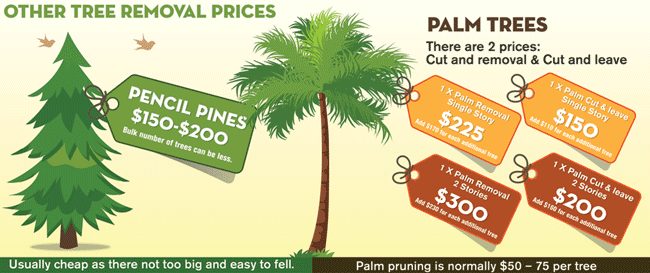Indicators It's Time For Tree Elimination: How To Recognize Harmful Trees
Indicators It's Time For Tree Elimination: How To Recognize Harmful Trees
Blog Article
Staff Author-Velling Malling
When it pertains to tree treatment, acknowledging the signs that it's time for elimination is important for your safety and building. You may see blemished fallen leaves, wilting branches, or strange fungal growths indicating health issue. Structural concerns, like a considerable lean or fractures in the trunk, can also pose risks. Recognizing these warning signs can assist you make notified decisions regarding your trees and stop prospective threats lurking in your lawn. What should you look for next?
Signs of Decay and Disease
When you see indicators of degeneration and condition in your trees, it's essential to act rapidly. Look for discolored leaves, wilting branches, or uncommon growths like fungus. have a peek here can suggest that your tree is struggling.
If you see cracks in the bark or soft, mushy wood, these symptoms suggest internal decay. In addition, an unexpected increase in pests around your tree can indicate that it's compromised and vulnerable.
Check for any dead or dying arm or legs, as they present a danger to your residential or commercial property and safety and security. If you doubt concerning what you see, getting in touch with an arborist can offer clarity.
Attending to these signs early can save you from more substantial damage and guarantee the health of your yard. Do not wait until it's far too late.
Structural Instability and Leaning
As you observe your trees, keep an eye out for any indications of structural instability or leaning. If a tree leans dramatically, it may indicate that the root system is endangered.
Seek any type of cracks in the trunk or soil around the base; these can signal possible failing. Furthermore, look for Tree Trimming Tools , like an uneven crown, which may suggest that the tree is struggling to hold itself upright.
If you discover that the tree favors your home, high-voltage line, or other frameworks, it postures a greater threat. Don't overlook these indicators-- get in touch with an arborist to assess the circumstance.
Taking action early can avoid costly damages and guarantee your safety and security.
Dead or Perishing Branches and Vegetation
If you see dead or dying branches and vegetation on your tree, it's a clear indicator that something's wrong.
These unhealthy locations can indicate underlying concerns like condition, bug problems, or ecological stress and anxiety. When branches lose their leaves or transform brown, they're no more contributing to the tree's wellness. Overlooking these indications could result in additional decline, making your tree extra harmful.
Dead branches can easily break off throughout storms, positioning a danger to property and people close by. It's vital to evaluate the extent of the damage.
If the trouble impacts a significant part of the tree, think about getting in touch with an expert. They can assist establish if elimination is required to guarantee safety and keep the beauty of your landscape.
Verdict
If you see any indications of decay, architectural instability, or dead branches on your trees, do not ignore them. These indicators can posture major safety and security threats to you and your property. It's constantly best to get in touch with an expert arborist that can offer an expert analysis of your trees. Acting early can prevent crashes and expensive damages, ensuring your landscape stays risk-free and healthy. Bear in mind, it's better to be proactive about tree treatment than to await a calamity to occur.
